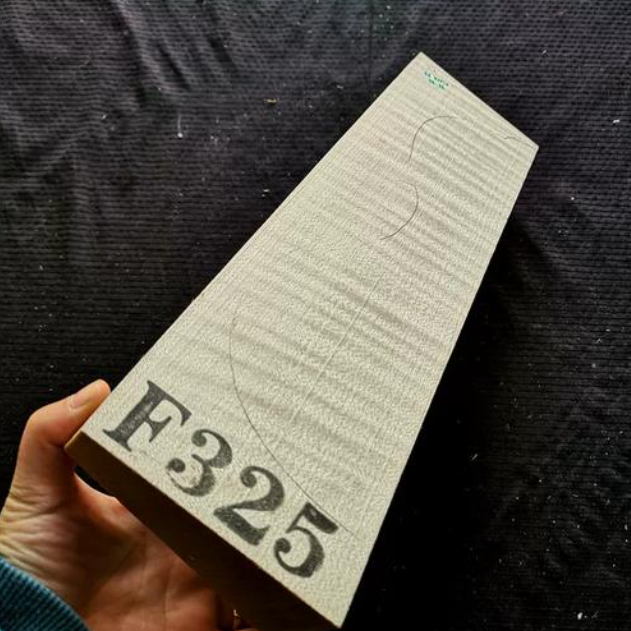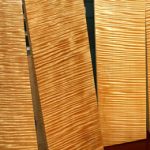For years, musicians, luthiers, and scientists have sought to unravel the mystery behind the exceptional tone of ancient Italian violins such as those crafted by Stradivari and Guarneri. Despite acoustic measurements conducted on 18th-century handcrafted violins from Cremona, Italy, the precise differences in craftsmanship that distinguish the superior sound of these antique instruments from modern ones remain unclear.
However, on November 11, 1983, the Chicago Cultural Center hosted a special concert featuring new violins made by Joseph Nagyrády, a biochemist at Texas A&M University. He proposed that violin wood requires targeted treatment with “mineral solutions”—specifically, soaking the wood in potassium tartrate and silicic acid solutions prior to crafting to mineralize key components of the violin, thereby enhancing its moisture resistance. Violins made from such partially mineralized wood produce a better tone than those crafted from new, untreated wood.
Nagyrády also discovered that the varnish used on ancient violins is based on chitin—a highly polar polymer found in insect exoskeletons and one of the strongest known polymers. The “chitin varnish” he developed from crustacean shells closely approximates the varnish formulas of ancient Italian violins.
Dorothy DeLay, teacher of renowned violinist Itzhak Perlman, noted that violins made with mineralized wood and chitin varnish are “far superior to contemporary new violins” and approach the tone of ancient Italian instruments.
Other American scholars have pointed out that the excellence of Cremonese violins during their golden age in the 18th century stemmed from the integration of craftsmanship and chemical innovation. The mineral composition of wood used in antique violins differs significantly from natural spruce, containing not only metals like aluminum and calcium but also rare minerals formed through unique chemical processes.
Notably, ancient furniture preserved in European museums and palaces owes its durability to wood rich in inorganic compounds, a result of prolonged immersion in water. This natural mineralization process can be accelerated using by-products from the brewing industry (compounds of silicic acid and potassium tartrate)—and beer, as a saturated solution of neutral potassium silicate, may have been utilized for such purposes in Europe for centuries.
In summary, wood mineralization not only enhances resistance to insects and mold, aiding preservation, but also improves the wood’s strength and luster. This explains why luthiers of the time preferred joining two pieces of wood to form the top and back plates of violins.


